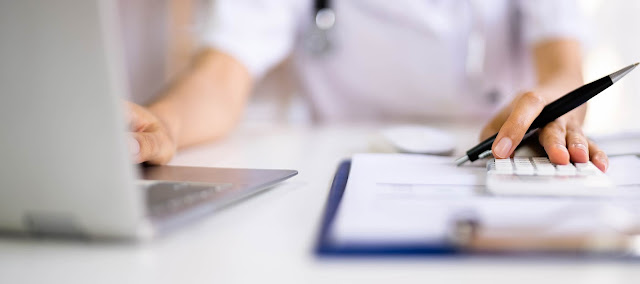RPM Medical Billing
Continuous monitoring: RPM medical billing allows healthcare providers to continuously monitor patients' vital signs and other health data remotely, providing real-time insights into their health status. This information can be used to detect potential problems early on and take action to prevent them from becoming more serious.
Improved patient engagement: RPM empowers patients to take an active role in their own care by providing them with access to their health data and allowing them to communicate with their healthcare provider. This increased engagement can lead to better health outcomes and improved patient satisfaction.
Reduced hospital readmissions: By providing real-time data on patients' health status, RPM can help healthcare providers identify potential problems early and take action to prevent hospital readmissions. This can result in reduced healthcare costs and improved patient outcomes.
Increased access to care: RPM can increase access to care for patients who live in rural or underserved areas, or for those who have mobility or transportation issues. By eliminating the need for in-person visits, RPM can provide patients with access to care from the comfort of their own homes.
Improved resource utilization: By reducing the need for in-person visits and hospital stays, RPM can help healthcare providers make more efficient use of resources and improve the overall delivery of care.
Overall, remote patient monitoring has the potential to significantly improve the quality and accessibility of healthcare, making it an important tool in the transformation of healthcare systems.




Comments
Post a Comment